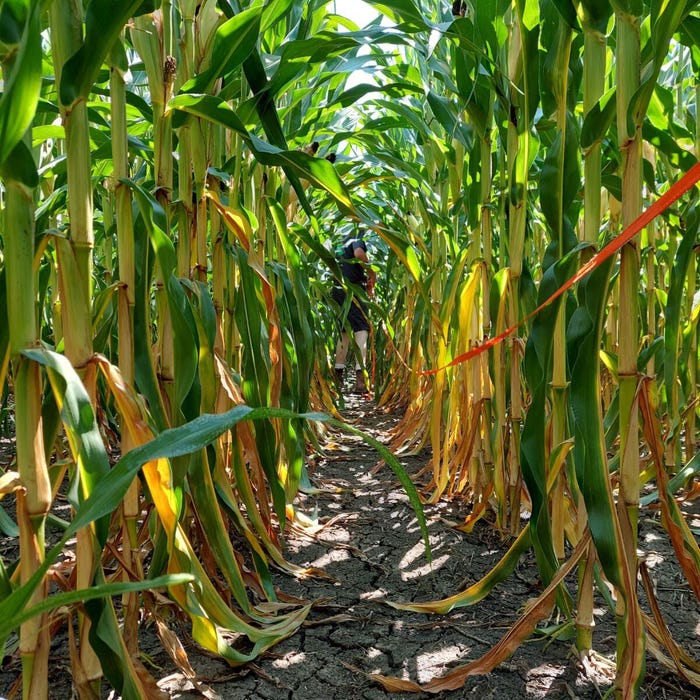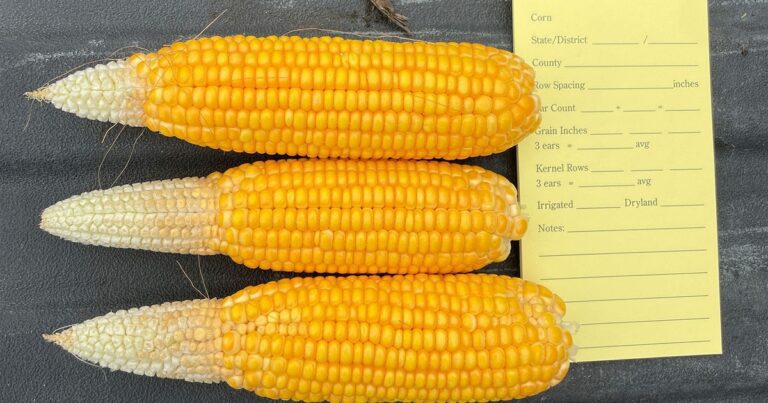By Tarso Veloso and Michael Hirtzer
A heat wave sweeping the Midwest threatens to dry up grain crops in the final weeks of the growing season, jeopardizing a bumper U.S. harvest that is key to controlling global food inflation.
The temperatures are forecast could reach as high as 115 degrees in parts of the Midwest this week, renewing concerns from the start of the season when drought sent crop conditions to their worst since the late 1980s before they improved significantly with the return of rain .
Now, extreme heat is jeopardizing what is expected to be the second-biggest U.S. corn crop on record as the world market looks for certainty of U.S. supply. Recent months have seen military escalations in the Black Sea contribute to one of the most volatile periods in grain trade history.
Signs of dryness known as “back edge,” where the tops of the ears have no kernels, were widely reported in South Dakota when scouts visited fields on the first day of the Pro Framer Crop Tour. And this week's heat could exacerbate yield loss, as many plants are still immature.
“The coming heat wave will shrink some kernels. It's not in the bag yet, especially given the different stages of growth we've seen,” said Iowa farmer Marty Tegtmeier.

Dry corn fields during the Pro Farmer 2023 crop tour in South Dakota on August 21, 2023. Credit: Tarso Veloso/Bloomberg
In Ohio, while fields looked lush and green from the road, it was common to see ears of grain missing kernels that indicated less than ideal conditions during the yield-determining pollination phase. “Hopefully this week of drier and warmer weather won't be a problem,” said Thiago Oliveira, portfolio manager at BTG Pactual in Brazil.
Soybeans are even earlier in their development stage, with the plants still forming pods. Most fields observed on the South Dakota leg of the tour were too dry for pod growth. “If it rains we'll see more pods out, but it doesn't look good for that.” said Brad Feckers, an Iowa farmer and scout.
©2023 Bloomberg LP

